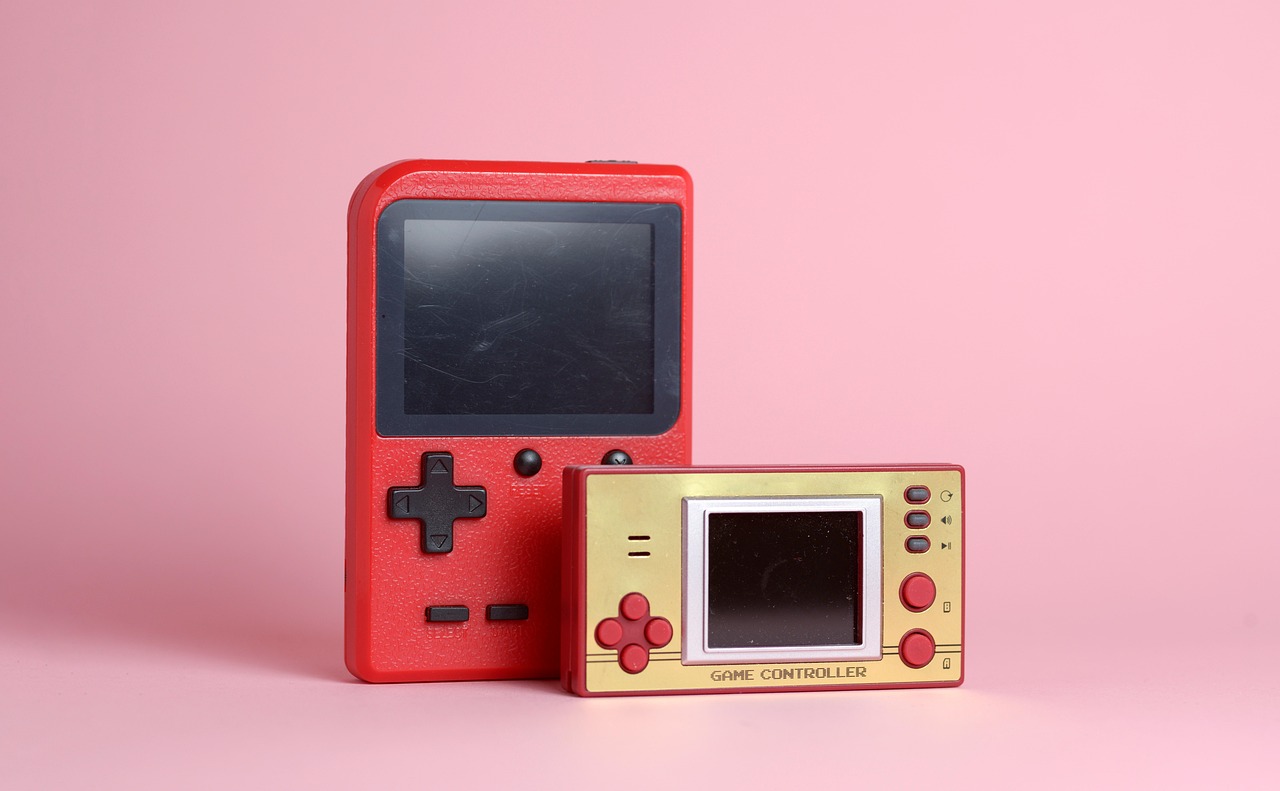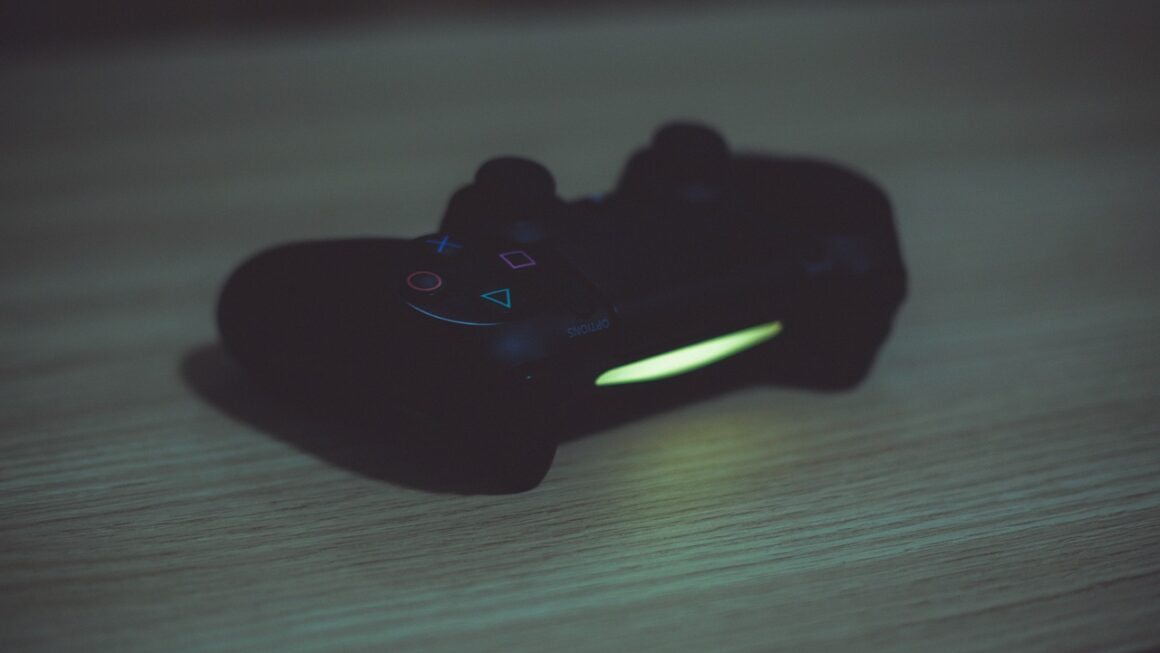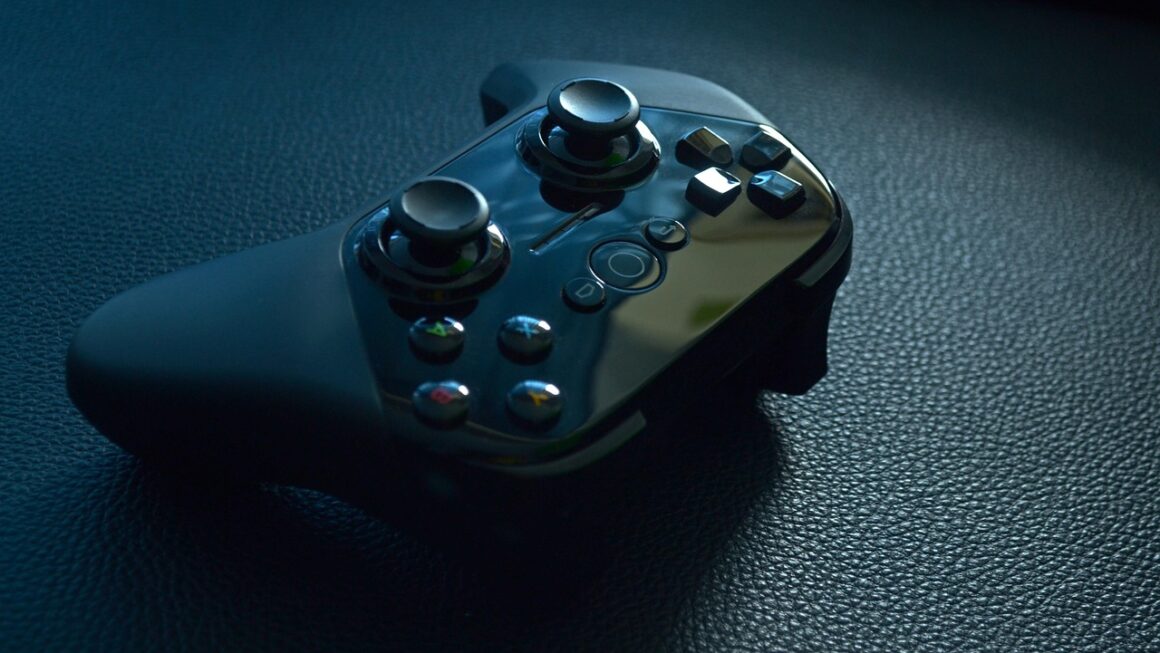The gaming mouse. It’s more than just an input device; it’s an extension of your hand, a crucial tool that separates victory from defeat in the virtual arena. From lightning-fast reflexes in FPS games to precise control in strategy titles, the right gaming mouse can drastically improve your performance and overall gaming experience. Choosing the perfect gaming mouse can be overwhelming with the sheer number of options available. This guide dives deep into the key factors to consider when selecting your next weapon of choice.
Understanding the Importance of a Good Gaming Mouse
Why a Regular Mouse Isn’t Enough
While a standard office mouse can get you by for basic tasks, it simply doesn’t cut it for gaming. Gaming mice are designed with specific features that enhance responsiveness, accuracy, and customization.
- Higher DPI/CPI: Gaming mice boast significantly higher DPI (Dots Per Inch) or CPI (Counts Per Inch) ratings. This translates to more precise cursor movement with less physical movement, crucial for aiming in fast-paced games. A standard mouse might have a DPI of 800, while gaming mice often range from 1600 to over 20000 DPI.
- Faster Polling Rate: The polling rate, measured in Hertz (Hz), determines how frequently the mouse reports its position to the computer. Gaming mice typically have a 1000Hz polling rate, meaning they report their position 1000 times per second, minimizing input lag.
- Programmable Buttons: Extra buttons on a gaming mouse can be customized to perform in-game actions, macros, or shortcuts, providing a significant advantage in terms of speed and efficiency.
- Ergonomic Design: Gaming sessions can last for hours, so comfort is paramount. Gaming mice are often designed with ergonomic shapes and materials to reduce fatigue and improve grip.
- Customization Options: Many gaming mice offer extensive customization options, including adjustable weight, lighting, and software settings, allowing you to tailor the mouse to your exact preferences.
The Impact on Performance
A well-chosen gaming mouse can significantly impact your in-game performance. For example, in a first-person shooter like Counter-Strike: Global Offensive or Valorant, a high DPI and low latency can give you a split-second advantage in aiming and reacting to opponents. In a MOBA like League of Legends or Dota 2, programmable buttons can streamline complex commands and abilities, allowing you to react faster and more efficiently. Consider this: a 5ms difference in input lag can be the difference between landing a crucial skillshot and missing completely.
Key Features to Consider
Sensor Technology: Optical vs. Laser
The sensor is the heart of your gaming mouse, determining its accuracy and tracking capabilities. The two main types are optical and laser.
- Optical Sensors: These sensors use an LED to illuminate the surface beneath the mouse and a camera to track movement. They are generally considered more accurate and consistent on a wider range of surfaces, especially cloth mousepads. Examples of popular optical sensors include the PixArt PMW3360 and PMW3389.
- Laser Sensors: Laser sensors use a laser to track movement. They typically offer higher DPI ranges and can work on more surfaces than optical sensors, including glass. However, they are often more prone to acceleration and jitter, which can negatively impact accuracy.
- Which is better? For most gamers, an optical sensor is the preferred choice due to its superior accuracy and consistency. Laser sensors may be suitable for users who require high DPI or need to use their mouse on unconventional surfaces.
DPI/CPI and Polling Rate
As mentioned earlier, DPI/CPI and polling rate are crucial factors in determining mouse responsiveness.
- DPI/CPI: Higher DPI allows for faster cursor movement with less physical movement. However, excessively high DPI can make it difficult to maintain accuracy. Most gamers find a DPI range of 800-3200 suitable for most games and screen resolutions. Experiment to find the sweet spot that works best for you.
- Polling Rate: A higher polling rate reduces input lag, making the mouse feel more responsive. A 1000Hz polling rate is generally recommended for gaming. Lower polling rates can lead to noticeable delays, especially in fast-paced games.
- Practical Tip: Don’t just crank your DPI to the maximum. Start low and gradually increase it until you find a comfortable setting where you can maintain accuracy and control. Use in-game sensitivity settings to fine-tune your cursor speed.
Ergonomics and Grip Style
Choosing a mouse that fits comfortably in your hand is essential for preventing fatigue and improving control.
- Palm Grip: The entire palm rests on the mouse. Palm grip users typically prefer larger mice with a higher profile.
- Claw Grip: Only the fingertips and the heel of the palm touch the mouse. Claw grip users often prefer smaller, more compact mice.
- Fingertip Grip: Only the fingertips touch the mouse. Fingertip grip users usually prefer smaller, lightweight mice with a low profile.
- Ambidextrous vs. Ergonomic: Ambidextrous mice are symmetrical and designed for both left- and right-handed users. Ergonomic mice are designed specifically for right-handed users and feature a sculpted shape that promotes a more natural hand position.
- Recommendation: Try to test out different mice in person to determine which grip style and shape feel most comfortable for you. Consider the size of your hand and the types of games you play.
Wired vs. Wireless
The debate between wired and wireless gaming mice continues, with each offering its own advantages and disadvantages.
- Wired Mice: Wired mice offer a direct connection to the computer, eliminating the risk of latency or interference. They also don’t require batteries, so you never have to worry about running out of power mid-game.
- Wireless Mice: Wireless mice offer greater freedom of movement and eliminate cable clutter. Modern wireless gaming mice have significantly reduced latency, making them virtually indistinguishable from wired mice in terms of performance.
- Considerations: If you prioritize absolute reliability and minimal latency, a wired mouse is still the best choice. However, if you value freedom of movement and a cleaner setup, a high-quality wireless gaming mouse can be an excellent option. Look for wireless mice that use 2.4GHz wireless technology and have a low latency rating (typically less than 1ms).
Programmable Buttons and Software
Programmable buttons and accompanying software provide customization options that can significantly enhance your gaming experience.
- Customization: Programmable buttons can be assigned to perform various functions, such as in-game actions, macros, or shortcuts. Software allows you to customize DPI settings, button assignments, lighting effects, and other parameters.
- Macros: Macros allow you to record and execute a series of actions with a single button press. This can be particularly useful in MMOs or games that require complex sequences of commands.
- Profiles: Many gaming mice allow you to save multiple profiles, each with different settings for different games or applications. This allows you to quickly switch between configurations without having to manually adjust settings each time.
- Example: You could create a profile for FPS games with a high DPI and low sensitivity, and another profile for strategy games with a lower DPI and higher sensitivity.
Choosing the Right Mouse for Your Game Genre
FPS (First-Person Shooter)
For FPS games, accuracy and responsiveness are paramount.
- Key Features: High DPI, low latency, lightweight design, comfortable grip, and programmable buttons for quick weapon switches or grenade throws.
- Mouse Recommendations: Consider lightweight mice with excellent sensors like the Razer Viper Mini, Logitech G Pro X Superlight, or SteelSeries Aerox 3.
MOBA (Multiplayer Online Battle Arena)
For MOBAs, quick access to abilities and items is crucial.
- Key Features: Ergonomic design for long gaming sessions, multiple programmable buttons for assigning skills and items, and precise cursor control for targeting.
- Mouse Recommendations: Look for mice with multiple side buttons, such as the Razer Naga Trinity, Logitech G600, or Corsair Scimitar RGB Elite.
RTS (Real-Time Strategy)
For RTS games, precision and efficiency are key.
- Key Features: Comfortable grip for extended play, programmable buttons for executing commands and building units, and precise cursor control for managing resources and units.
- Mouse Recommendations: A versatile mouse with a good balance of comfort, accuracy, and programmable buttons, such as the Logitech G502 HERO or Razer Basilisk V3.
MMO (Massively Multiplayer Online)
For MMOs, the ability to execute complex rotations and commands quickly is essential.
- Key Features: Numerous programmable buttons for assigning skills, macros, and shortcuts, ergonomic design for long gaming sessions, and reliable tracking for precise targeting.
- Mouse Recommendations: The Razer Naga series is a popular choice for MMO players, offering a large number of programmable buttons on the side. The Corsair Scimitar RGB Elite is another excellent option.
Maintaining and Optimizing Your Gaming Mouse
Cleaning and Care
Regular cleaning is essential for maintaining the performance and longevity of your gaming mouse.
- Cleaning the Sensor: Use a cotton swab lightly dampened with isopropyl alcohol to gently clean the sensor lens. Avoid using excessive moisture.
- Cleaning the Mousepad: Regularly clean your mousepad with a damp cloth and mild soap. Some mousepads can even be machine-washed.
- Cleaning the Mouse Body: Wipe down the mouse body with a damp cloth to remove dirt and grime.
Software Updates
Keep your mouse’s software up to date to ensure optimal performance and compatibility.
- Firmware Updates: Check the manufacturer’s website for firmware updates, which can often improve sensor performance and fix bugs.
- Driver Updates: Ensure you have the latest drivers installed for your mouse to ensure optimal communication with your operating system.
Mousepad Considerations
A good mousepad is just as important as a good mouse.
- Surface Material: Mousepads come in a variety of materials, including cloth, hard plastic, and aluminum. Cloth mousepads offer a good balance of control and speed, while hard plastic mousepads are faster but can be less precise.
- Size: Choose a mousepad that is large enough to accommodate your preferred DPI and sensitivity settings.
- Texture: Consider the texture of the mousepad. Some mousepads have a smooth surface, while others have a more textured surface. Experiment to find the texture that feels most comfortable and provides the desired level of control.
Conclusion
Choosing the right gaming mouse is a personal decision that depends on your individual preferences, grip style, and the types of games you play. By understanding the key features and factors discussed in this guide, you can make an informed decision and select a gaming mouse that will enhance your performance and enjoyment. Remember to prioritize comfort, accuracy, and responsiveness, and don’t be afraid to experiment with different mice until you find the perfect fit. So, equip yourself with the right tool and conquer the virtual world!




